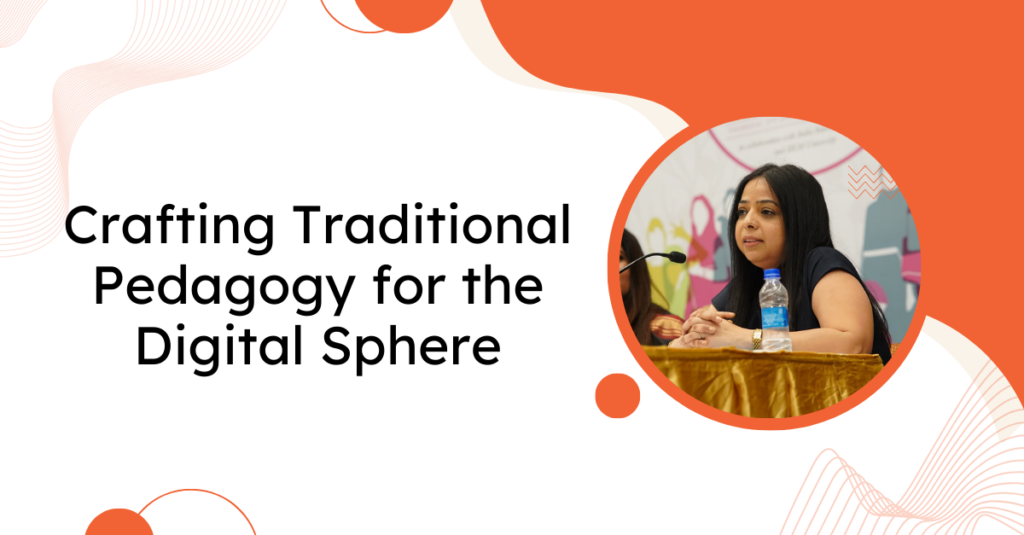Having spent years working in the field of education, I’ve had the honor of witnessing directly the revolutionary change that the emergence of online platforms has brought about in education. To guarantee successful learning results, the shift from traditional classroom settings to online ones required careful modification of teaching strategies.
Preserving the spirit of traditional teaching techniques while utilizing the special powers of online platforms was one of the main obstacles faced during this shift. Basic teaching strategies including lectures, group discussions, and practical exercises are essential for holding students’ attention and encouraging a cooperative learning atmosphere. However, it took ingenuity and originality to translate these techniques into the digital sphere.
Using multimedia materials to increase engagement has been a tried-and-true successful strategy. Visual aids, such as charts and graphs, are frequently used in traditional classroom settings to help explain topics. These can be easily included into online presentations or distributed using interactive tools, which helps students understand and be more engaged with difficult concepts.
A further element of traditional teaching that has been successfully transferred to the internet is the one-on-one relationship between teacher and learners. In a traditional classroom setting, in-person contact and tailored comments are common ways to foster this relationship. Fostering this relationship in the virtual realm requires proactive communication, frequent check-ins, and the use of video conferencing for synchronous discussions and one-on-one consulting.
Furthermore, a more individualized learning experience is made possible by the flexibility that online platforms provide. Learners can participate in asynchronous discussions, review lectures or demonstrations as needed, and access resources at their own speed. This adaptability promotes critical thinking and self-directed learning in addition to supporting a variety of learning styles.
Nonetheless, there are difficulties in transferring conventional teaching techniques to virtual environments. It takes creative thinking and ongoing assessment of teaching methods to keep students motivated and engaged in a virtual setting. Collaborative projects, online laboratories, and interactive tests are good ways to keep students engaged and enthusiastic.
The ultimate objective is always the same: to support students in engaging in meaningful learning experiences that enable them to achieve academic success and beyond. Teachers may build dynamic and inclusive learning environments that promote curiosity, foster collaboration, and equip students for the challenges of today’s linked world by embracing the strengths of both traditional and online teaching approaches.
In addition, the shift to digital platforms required a reassessment of the procedures used for assessment. Exams and essays, which are traditional forms of assessment, were altered to fit the digital age. To ensure academic integrity and fairness, educators investigated novel approaches for conducting and assessing exams from a distance. Strategies such as randomized question online tests and timed submissions became popular stand-ins for conventional face-to-face examinations, allowing the transition to online learning with ease.
In addition, cooperation among teachers became essential for adjusting to online instruction. Through professional networks and online forums, sharing best practices, materials, and insights enabled a group learning process. By working together, educators were able to take use of one another’s knowledge and experiences, which promoted ongoing development of online teaching techniques.
To sum up, transferring conventional teaching techniques to virtual environments involves a process of exploration and adjustment. It necessitates a readiness to investigate novel technology, try out different strategies, and continually evaluate and improve instructional strategies. One thing is certain as we work through this changing terrain: our dedication to student-centered learning and the pursuit of academic excellence will continue to direct our efforts as we shape the direction of online education.






